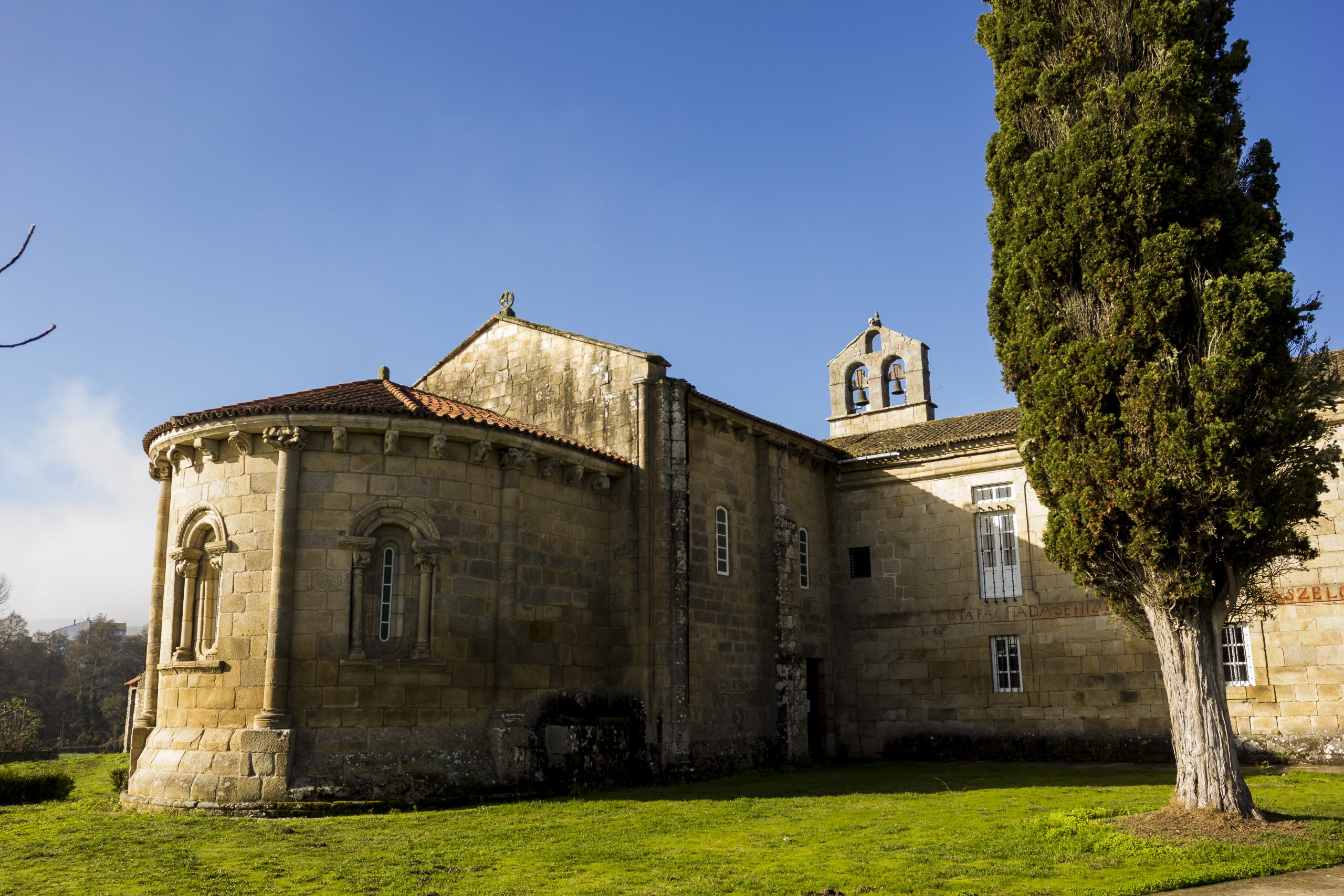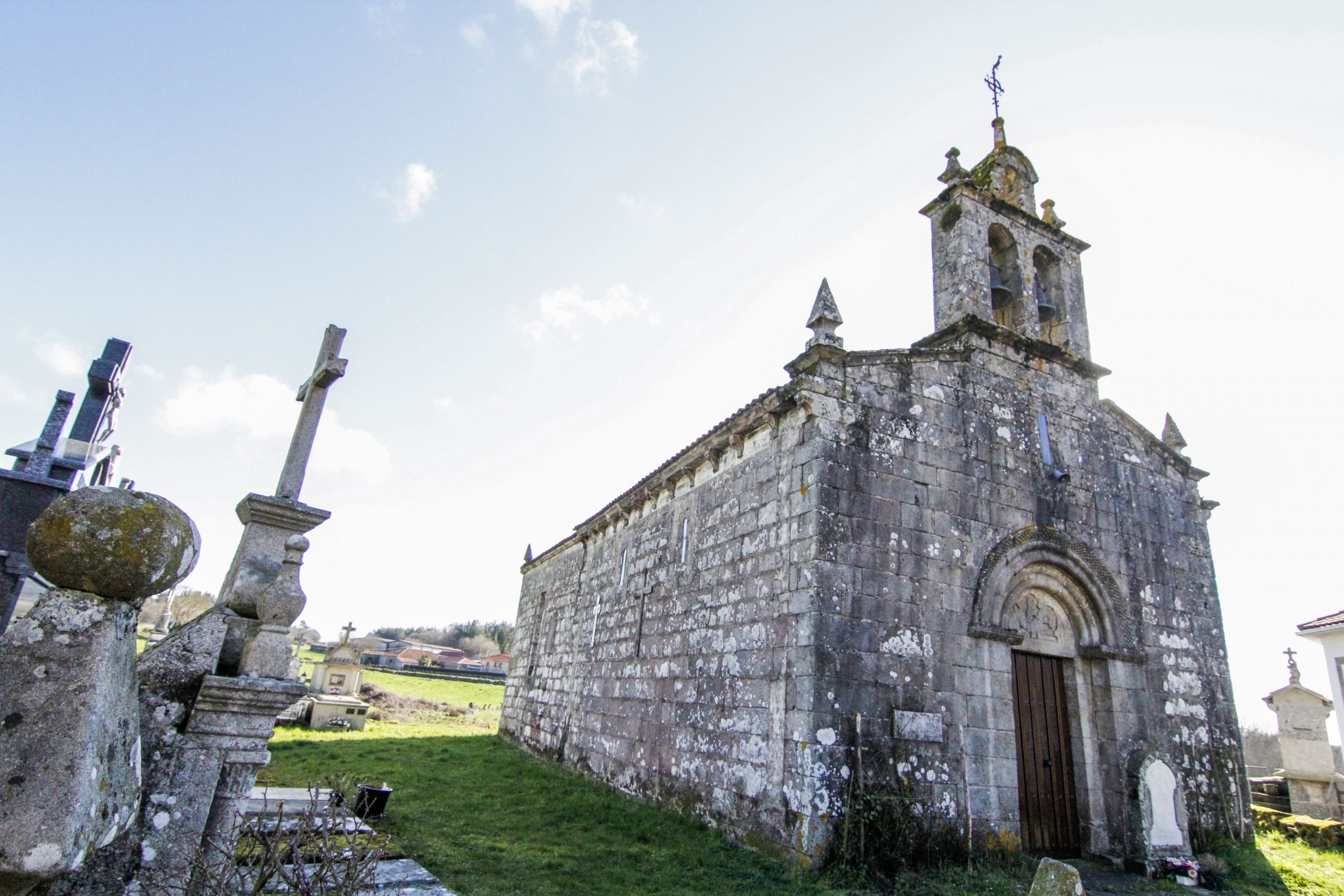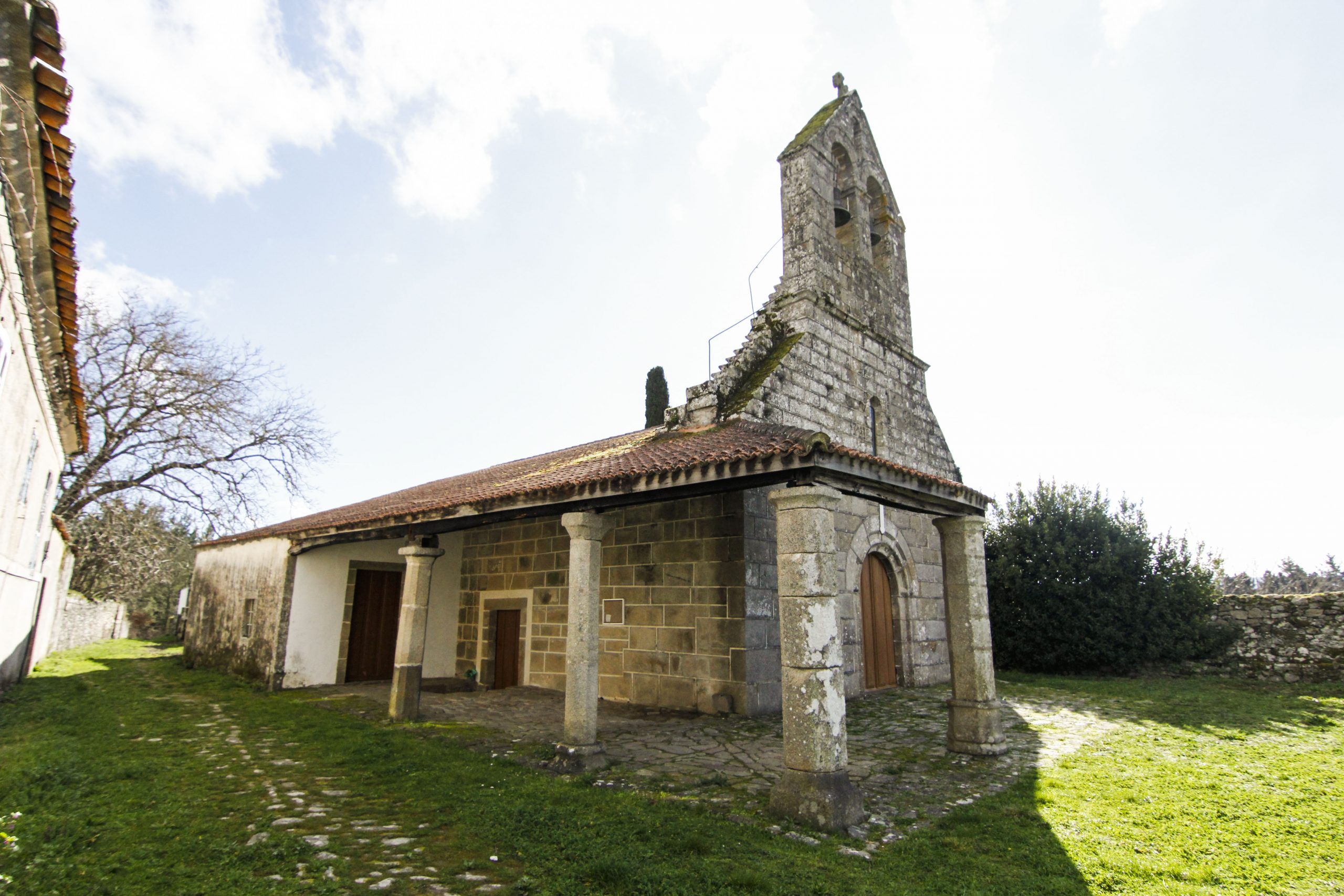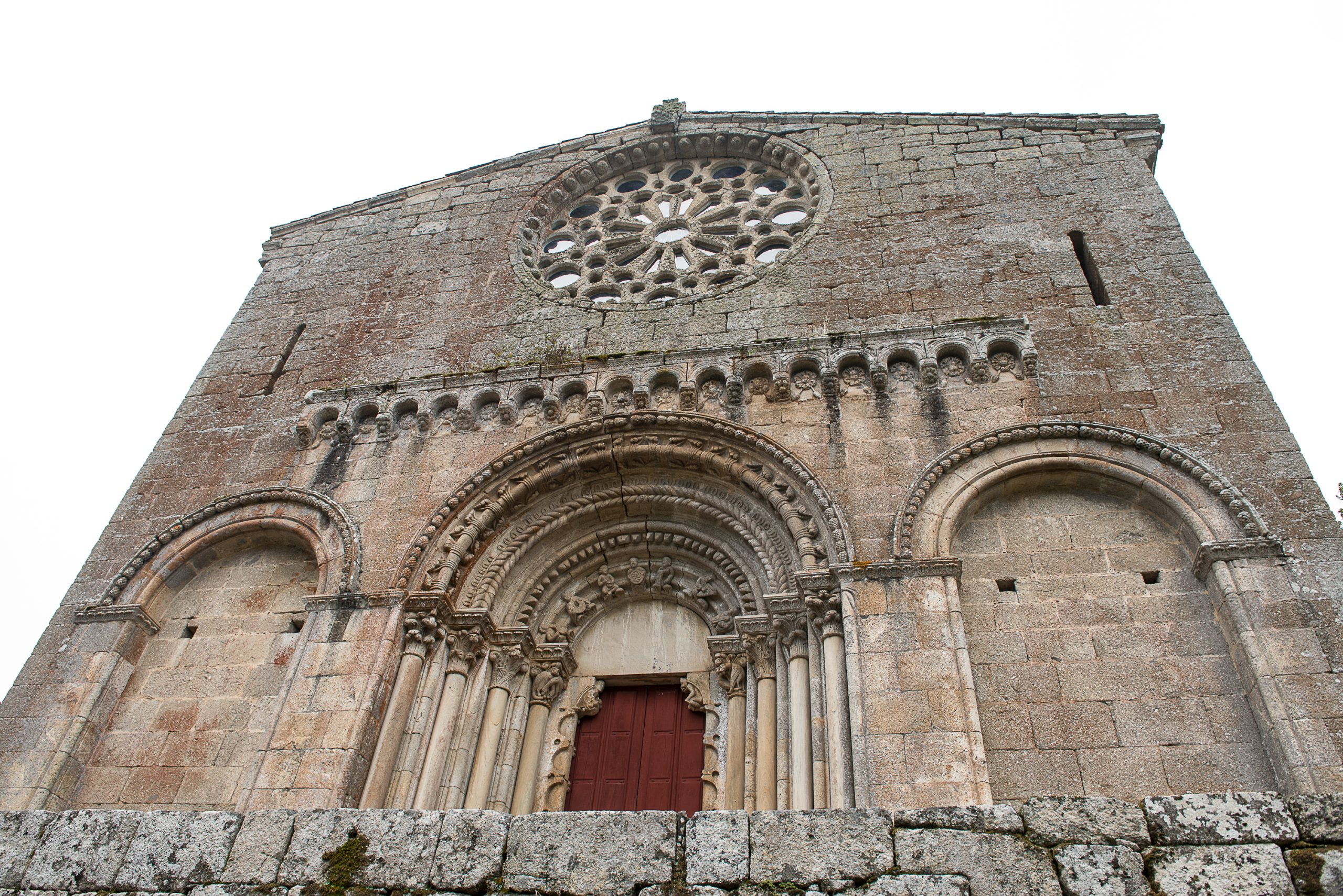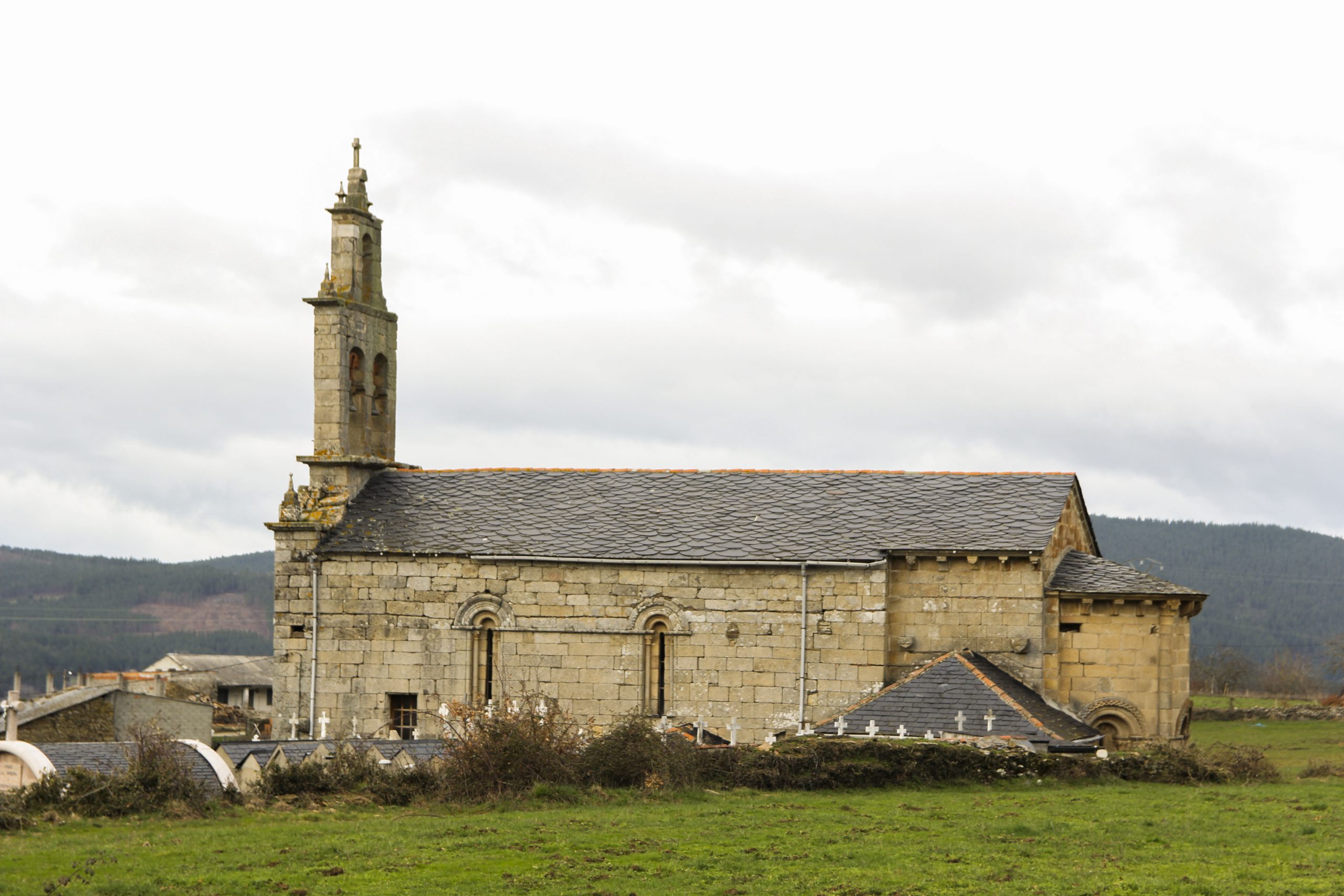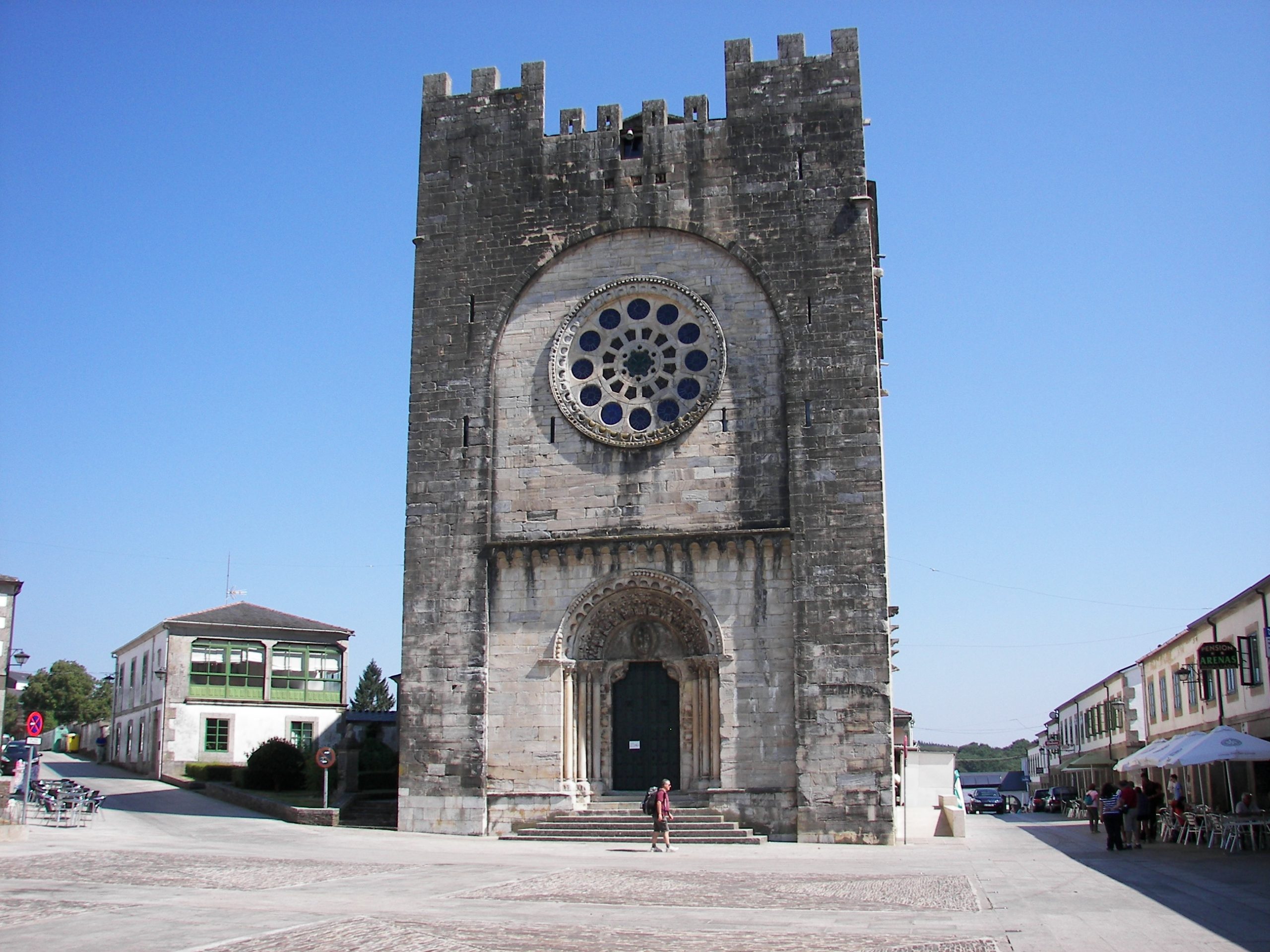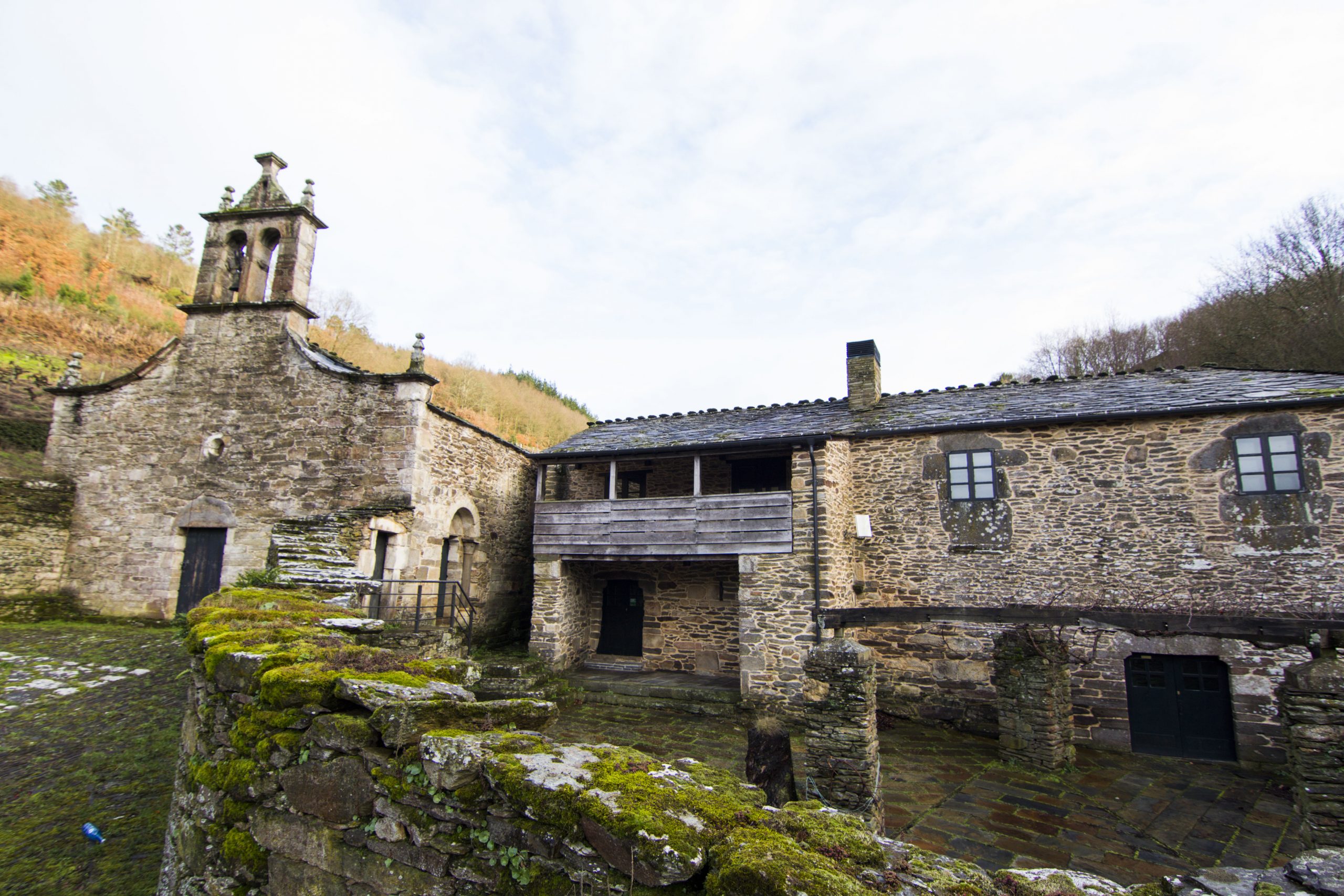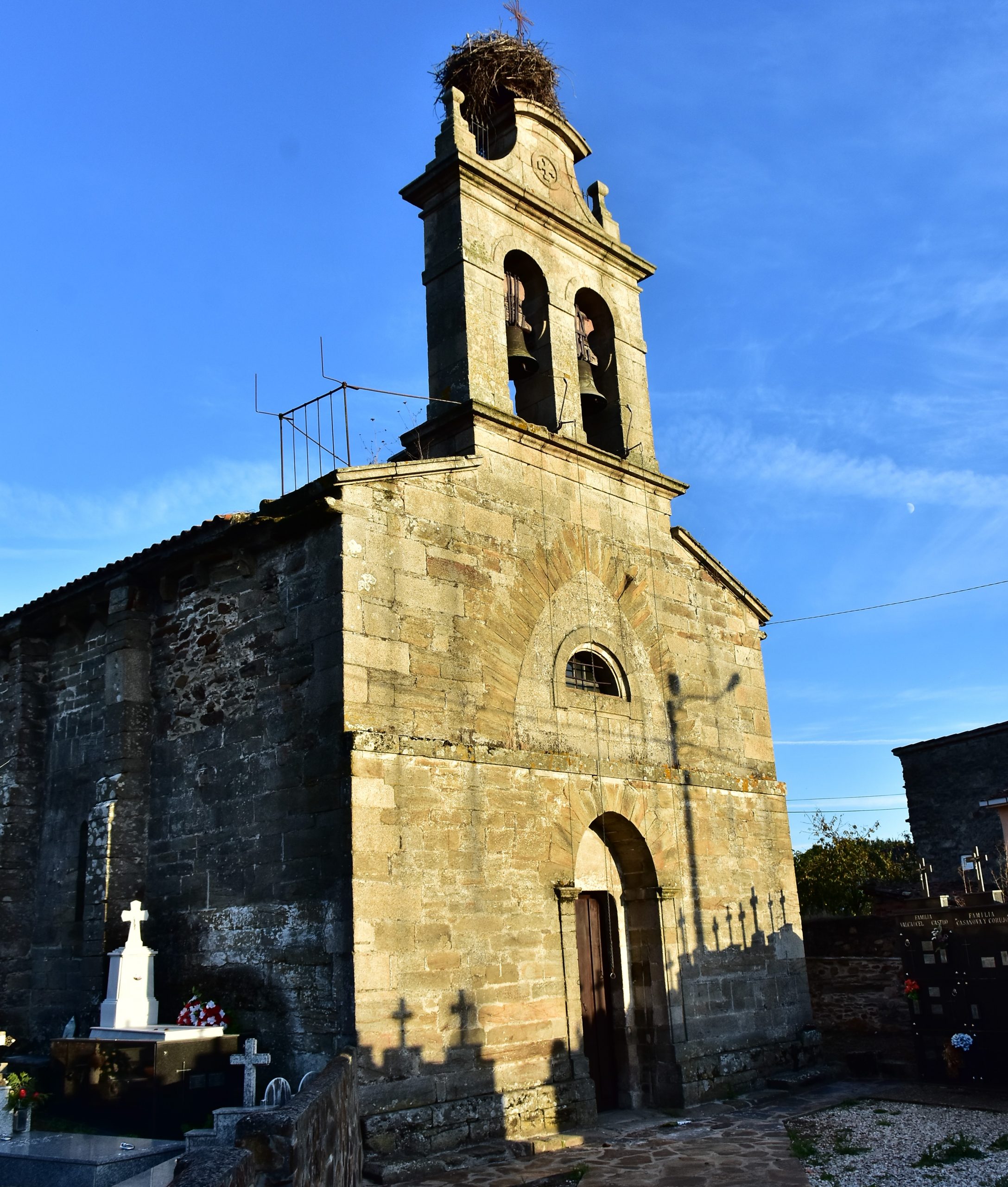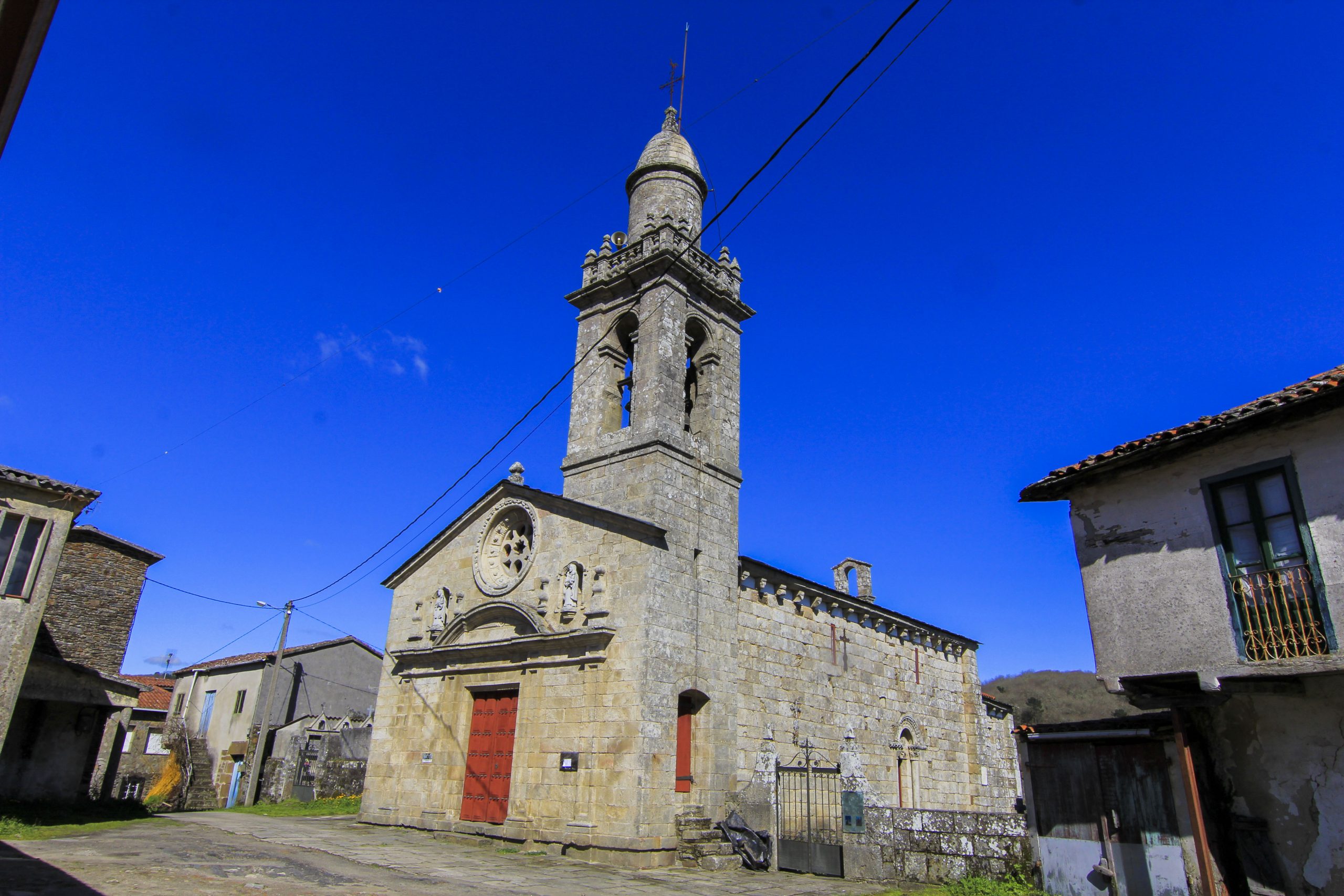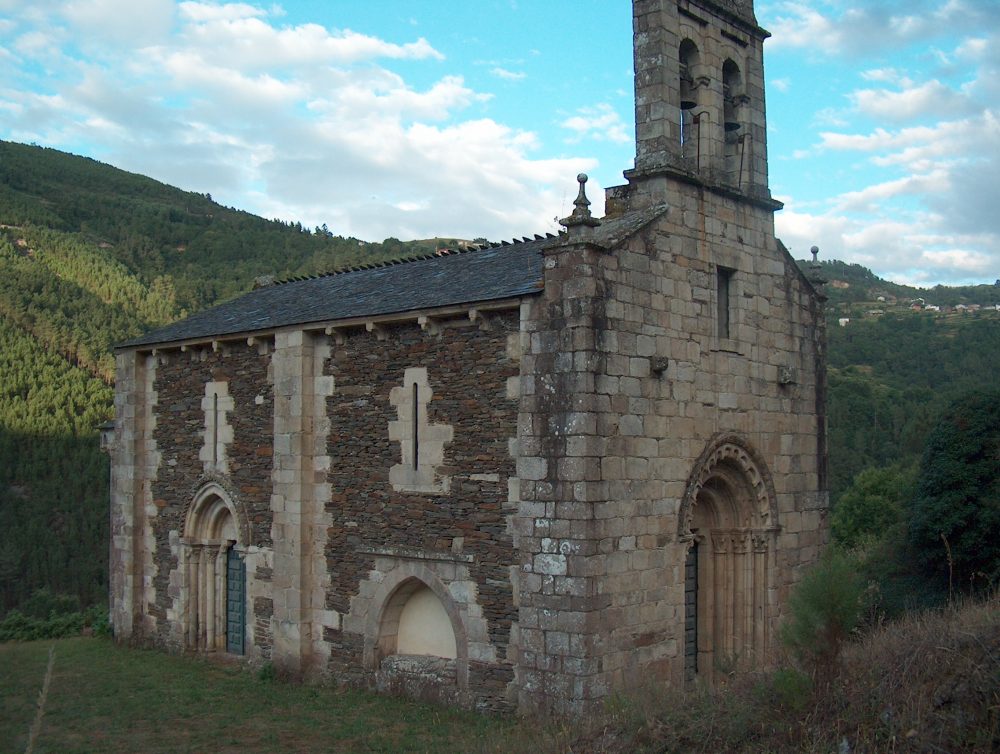The Romanesque architecture in Galicia is sprinkled with special influences both from architectural styles outside the Iberian Peninsula via Italy and France and from traditional architectural patterns within the peninsula.
Ribeira Sacra may be defined as one of the best-kept secrets in the inland of Galicia. It is made up of twenty-one city councils of south Lugo and north Ourense (Galicia, Spain),which share the course of the rivers Miño, Sil and Cabe. They flow through narrow passes and canyons, along delightful scenery. A land used for retreat by monks and hermits in the past and with excellent weather conditions which boosted wine works in the area. In Ribeira Sacra, the ancestors ́ deep influence is in the huge amount of Romanesque churches. In Galicia there is such a clear expansion of the Romanesque style that it is considered one of the main concentrations of Romanesque architecture in the country areas in Europe.
https://www.turismo.ribeirasacra.org/en/routes/romanesque-route
PANTÓN: MONASTERY OF THE DIVINE SAVIOR OF FERREIRA DE PANTÓN
The Monastery of Ferreira de Pantón is an exceptional historical and architectural ensemble. It has the peculiarity of being the only monastery in Galicia that preserves its monastic function, almost from its foundation to the present day.
Although the legend traces its foundation back to Charlemagne, the mentioning of Ecclesia of Santa Maria di Vezzolano dates back to a document dated from 1095. It is the investiture of Teodulo and Egidio, with the commitment to stick to some shared precepts and to live according to the official rule, probably that of Saint Augustine, later attested in Vezzolano by papal bulls of 1176 and 1182. This architectural ensemble was erected in various stages: the Romanesque church dates back to the 12th century; the cloister dates back to the 15th century and the other spaces were built in the 18th century.
Highlight Site: Monastery of the Devine Savior of Ferreira de Pantón
TABOADA: CHURCH OF SAINT MARY OF TABOADA DOS FREIRES
The church of St. Mary of Taboada dos Freires is located approximately seven or eight kilometres from Taboada. This church was practically remodelled in the 17th and 18th centuries. However, it preserves its structure and singular Romanesque elements.
Taboada dos Freires church dates back to the 13th century and substantial reforms were carried out on it in 1927. Conserved from the original work are the main door, a window in the transept of the apse and a number of corbels in the nave. Of the original building, the main portal is preserved, with a double moulded archivolt surrounded by a chequered adornment and rests on imposts decorated with spiral motifs.
SOBER: CHURCH OF SAINT MARY OF PROENDOS
For some historians, the mythical Proentia of the Romans is located in this place. It was found many Roman remains from the settlement and reused in different places.
The temple is of Romanesque origin, was built in the second half of the 13th century and underwent major refurbishments in the 18th century.
O SAVIÑAO: CHURCH OF SAINT STEPHEN OF RIBAS DE MIÑO
The most outstanding of the current building is its adaptation to the land. It was necessary to reduce the slope, as well as to build a crypt to hold the base of the temple. It was a new solution presented by Master Mateo in Galicia with the crypt of the Cathedral of Santiago. No doubt there are many elements that lead us to the art of Master Mateo in this church.
The oldest document preserved from the monastery dates from 976, when it was donated to the nearby monastery of San Paio de Diomondi. The church was built in the last third of the 12th century, and it is linked to the work of Master Mateo. It was declared a National Artistic Monument in June 1931.
RIBAS DE SIL: CHURCH OF SAINT MARY OF TORBEO
Saint Mary of Torbeo was built in a late Romanesque style. Nowadays, it is considered one of the best preserved examples of rural Romanesque style en Galicia.
Saint Mary of Torbeo is a Romanesque church from the 13th century. The place names of the area and some documents that are kept revealed it could belong to the missing Benedictine monastery of San Pedro de Torbeo, where Pérez Vasco de Quiroga is buried. The temple preserves its original floor plan with some modifications, such as the 16th century sacristy and the two 17th century side chapels.
PORTOMARÍN: CHURCH OF SAINT NICHOLAS OR SAINT JOHN OF PORTOMARÍN
The Church of Saint Nicholas or Saint John presides over the square “Conde de Fenosa” in Portomarin. This village is right on Saint James´ Way and here came the order of the Knights of Saint John of Jerusalem in the 12th century to take charge of the hospital for pilgrims. Today, this church is considered an art icon and one of the best exemples of the Romanesque in Galicia.
This church was built between the end of the 12th century and early 13th century by the Order of Saint John of Jerusalem, at the foot of the French pilgrimage route to Santiago de Compostela. It was declared a Historical- Artistic Monument in 1931 and in 1962 it was transferred from its original location to its current location to prevent it from being submerged by the waters of the Belesar reservoir. For this reason, it ´s possible to see the numbering of the blocks.
Highlight Site: Church of Saint Nicholas or Saint John of Portomarín
O LOMBAO PARADELA: CHURCH OF SAINT FACUNDO DE RIBAS DE MIÑO
This ancient monastery was founded in the 12th century to accommodate the pilgrims who travelled to Santiago de Compostela. The oldest reference is a donation document dating back to 1233, where it appears as Sancti Facundi de Ripa Minei.
The most interesting part of the historical monument is the temple. Its Romanesque style is altered by Gothic elements and by evident signs of other refurbishments. It was a Cistercian priory dependent on the abbot of the Monastery of Santa María de Castro de Rei de Lemos and the Monastery of Montederramo.
MONFORTE DE LEMOS: CHURCH OF SAINT PETER OF RIBAS ALTAS
This church is situated in the geographical heart of the Ribeira Sacra- Monforte de Lemos.
The oldest documentation preserved dates back to the 11th century, where the donation of this cenobium to the Abbott of Samos is recorded. The current building dates back to the end of the 12th century and early 13th century with subsequent refurbishments.
A EIREXE CHANTADA: CHURCH OF SAINT MARY OF NOGUEIRA DE MIÑO
This church is located in one of the most singular places of the Ribeira Sacra: the top of the famous meander called Cabo do Mundo (the end of The World). From this magnificent location, it´s possible to get a perfect idea about the majesty of the cultural landscape of the Ribeira Sacra.
The current church dates back to the end of the 12th century and has undergone subsequent refurbishment. In the 14th century it belonged to the Order of the Knights of Alcántara.
A COVA: CHURCH OF SAINT JOHN OF A COVA
Saint John of A Cova is a Ribeira Sacra’s Romanesque gem, not only because of its architecture, but also owing to the spot on which it stands. This church dates back to the 12th century and it was moved from its original location when Os Peares reservoir was built. It was originally part of a Benedictine monastery.
This highlight was a double monastery and subsequently became a female monastery, although its origins are unknown. The first document preserved corresponds to a donation in 967, with the probable existence of a pre-Romanesque building.


